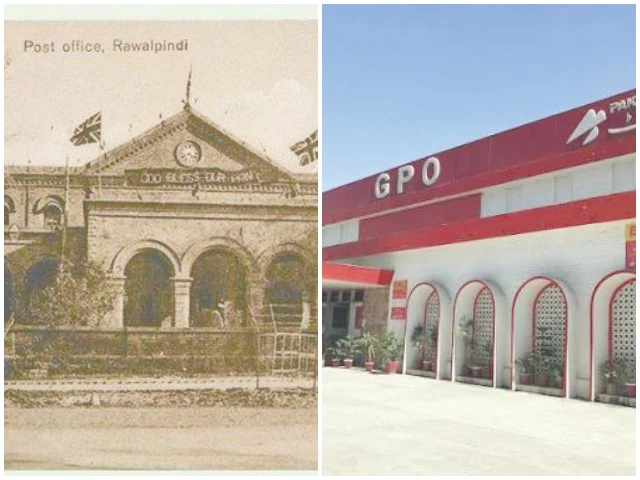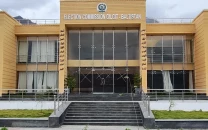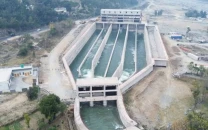145 years on, Rawalpindi GPO still delivers
Continues to serve public while preserving proud legacy of Pakistan's postal heritage

Standing at the intersection of the bustling Kashmir Road and Mall Road in Rawalpindi Cantonment, the 145-year-old General Post Office (GPO) remains an enduring symbol of architectural splendour — a harmonious blend of indigenous, Mughal, and British colonial design, and a remarkable feat of 19th-century engineering.
When the British declared Rawalpindi a major military garrison in 1851, the city's fortunes were transformed. Between 1851 and 1900, the colonial administration developed Rawalpindi into a vital strategic and administrative hub, laying roads, building bridges, erecting imposing offices, churches, and schools, and constructing the railway station. Among these landmark developments was the GPO — a striking example of the British Empire's civic vision.
Construction of the Rawalpindi GPO began in 1876 and concluded in 1880. Built over five kanals (approximately 2,700 square metres), the GPO shares its architectural blueprint with the grand post offices of Bombay (Mumbai) and Delhi, reflecting the standardised colonial approach to institutional buildings across the subcontinent.
Throughout the British Raj, the Rawalpindi GPO served as a critical communications centre. A dedicated section of the premises was reserved for military correspondence, including telex facilities and a postal unit solely for use by British armed forces personnel.
The postal system of that era was, in itself, a marvel of organisation and discipline. Postmen assigned to remote, mountainous, or forested areas wore khaki uniforms and travelled by bicycle. For identification and safety, they carried brightly coloured ribbons — often red, green, or yellow — strung with small bells that jingled to announce their presence. A sharp utility knife, part of the official uniform, was also standard issue. The ribbons added a decorative charm, while the bells served as a gentle yet effective alert. This tradition endured in Pakistan until the early 1950s, before gradually fading into history.
Today, the once-extensive postal network has diminished significantly. Neighbourhood letterboxes have been removed, and over 80 per cent of post offices in the city have been shuttered. Yet the Rawalpindi GPO endures — a functioning, fully operational post office that continues to offer a wide array of public services.
Current services include Cash on Delivery (COD), urgent mail handling, registered post and parcels, money orders, utility bill payments, and international transactions via Western Union. Located in the heart of Saddar, the building also houses the Philatelic Bureau, a dedicated department for commemorative stamps. For decades, this bureau has attracted both domestic collectors and international visitors.





















COMMENTS
Comments are moderated and generally will be posted if they are on-topic and not abusive.
For more information, please see our Comments FAQ